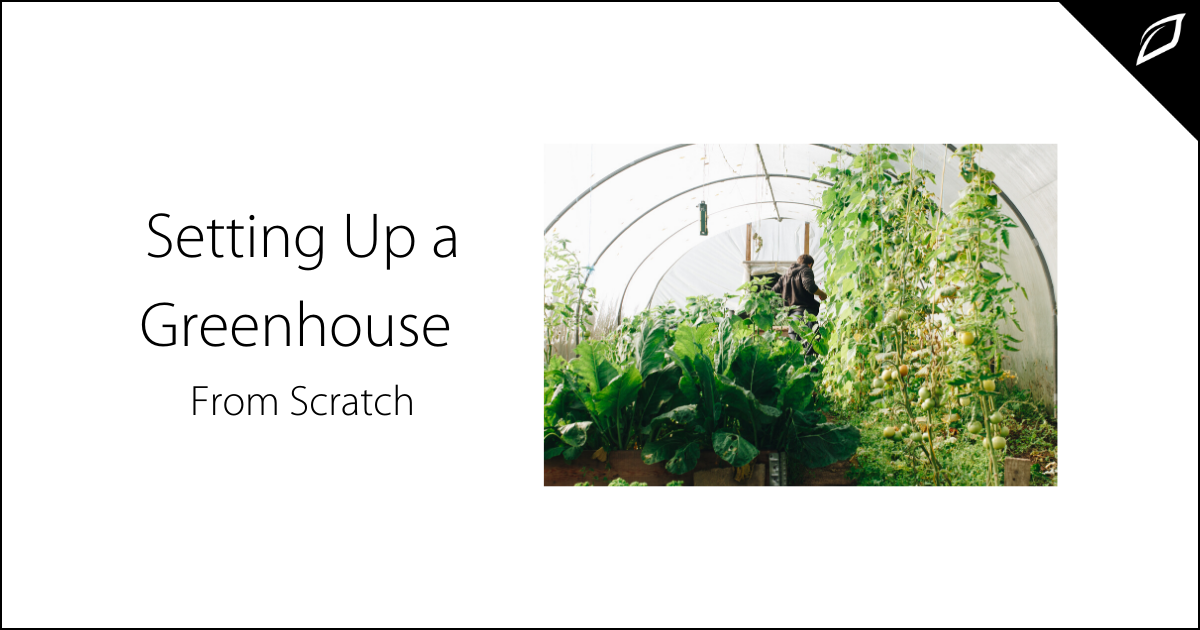
With the national marijuana market projected to be worth $50 billion a year by 2026, it’s easy to make the case for starting a cannabis greenhouse operation.There are, however, some things you need to know before diving in. Like other plants, cannabis is sensitive to growing conditions including light, soil, and moisture. Different strains may require different techniques.
To set up an ideal growing environment for cannabis in a greenhouse, it’s important to take into account a number of specific variables. It’s crucial to maintain key conditions such heat and humidity. The grower, likewise, needs to have fine control over lighting and should have a proactive pest management plan.
With all of this in mind, it helps to start with a deep dive into the basics. Let’s take a look at the types of greenhouses that are most commonly used and then consider some of the technologies available to help the grower drive maximum efficiency from a greenhouse operation.
Getting started
For the do-it-yourself-er, online tutorials offer guidance in the basics of greenhouse construction, but a commercial grower will likely opt for something a little more formal. In that case, there are several types of greenhouses available:
- As the name suggests, a lean-to greenhouse leans up against the exterior wall of an existing structure, using that existing wall for support.
- A freestanding greenhouse often resembles a tiny house, largely encased in glass, with racks and shelving and integrated systems to control heat and moisture.
- Polytunnel greenhouses typically have a curved frame, often made of aluminum. They’re relatively easily to set up and can be outfitted with control systems for crop management.
Control systems are a critical component of success, given cannabis’s sometimes fussy growing habits.
“In order for a cannabis crop to produce a large, high-quality harvest, it requires proper fertilization, diligent pest control, the right balance of heat and humidity, and a very precise lighting schedule,” notes Abby Hutmacher, founder of Cannabis Content.
Cannabis requires fine tuning. The plant “likes different temperatures at different stages of growth,” experts say. This means your “greenhouse heating and cooling systems need to consider the temperature needs and controls for each zone.”
Humidity, likewise, demands a high degree of precision. Cannabis likes to be in a moist environment during its vegetative state, but prefers low humidity when flowering.
With all this in mind, any effort to set up a commercial greenhouse needs to incorporate the latest technological advances.
New advances
Current greenhouse technology solutions pull together wireless monitoring and management in an app-driven environment to give growers maximum control over their operations.
Such systems can control external hardware based on timers, schedules, or sensor readings that may detect such variables as air temperature, humidity, CO2, vapor pressure, barometric pressure, and light.
Growers can use the technology to automate and control hardware such as heaters, lights, and dehumidifiers. Modern irrigation solutions can respond to built-in modeling of water demand, adjusting for such variables as light accumulation, evapotranspiration, leachate volumes, and EC measurement.
For soil management, specialized nutrient-dosing hardware can be implemented for precision nutrient, additives, and pH administration.
Data analytics are key to success, pulling together input from automated systems and guiding the ongoing adjustments that ensure plants are getting what they need to thrive.
For a commercial grower, analytics and automation can mean the difference between a business that is merely limping along and one that is thriving.
Setting up a greenhouse starts with the basics: light and heat and soil and endless hours of careful, patient nurturing. These are essential. Equally important, though, is the thoughtful application of technology. The right tools can maximize production, drive efficiencies, and help ensure commercial success over time.



Comments